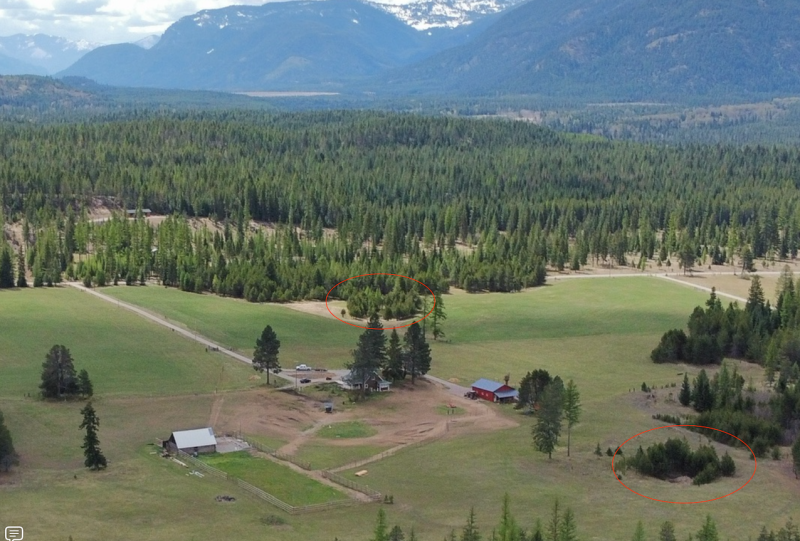Possible pond rehabs - 12/13/22 07:31 PM
Hello all,
I was interested in rehabbing some sites on my property that were springs at one time. I have installed a few wells and have water to spare. I was wanting to seal these depressions and make them ponds available to wildlife. Is it feasible to scrape them down to mineral soil and seal them? The soil is clay and sand with not a native rock on the property. I have review some old aerial photos that show water in the bottoms of the depressions. In one area I have found pump equipment. I do have areas to route overflow. Thank you in advance.

I was interested in rehabbing some sites on my property that were springs at one time. I have installed a few wells and have water to spare. I was wanting to seal these depressions and make them ponds available to wildlife. Is it feasible to scrape them down to mineral soil and seal them? The soil is clay and sand with not a native rock on the property. I have review some old aerial photos that show water in the bottoms of the depressions. In one area I have found pump equipment. I do have areas to route overflow. Thank you in advance.

